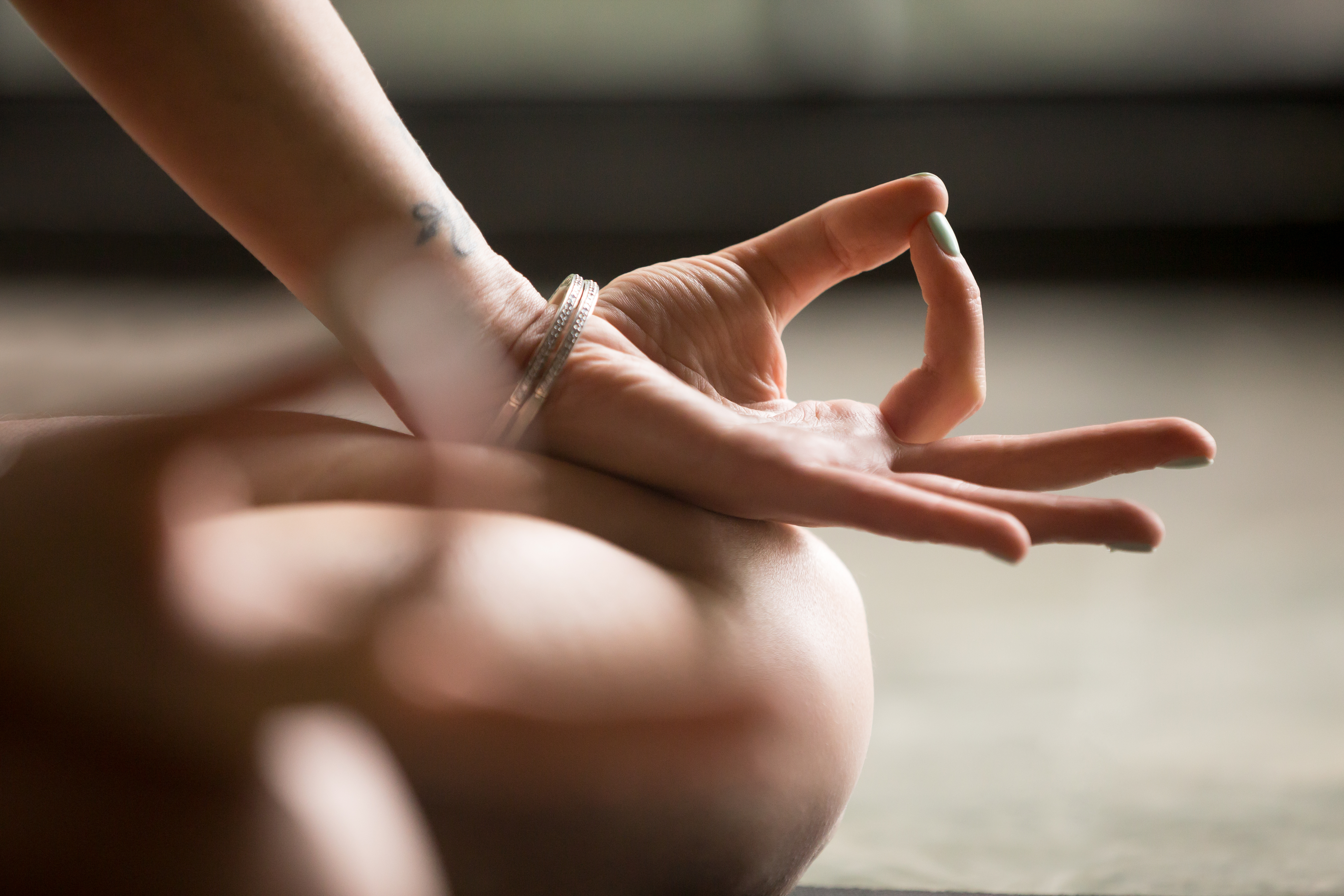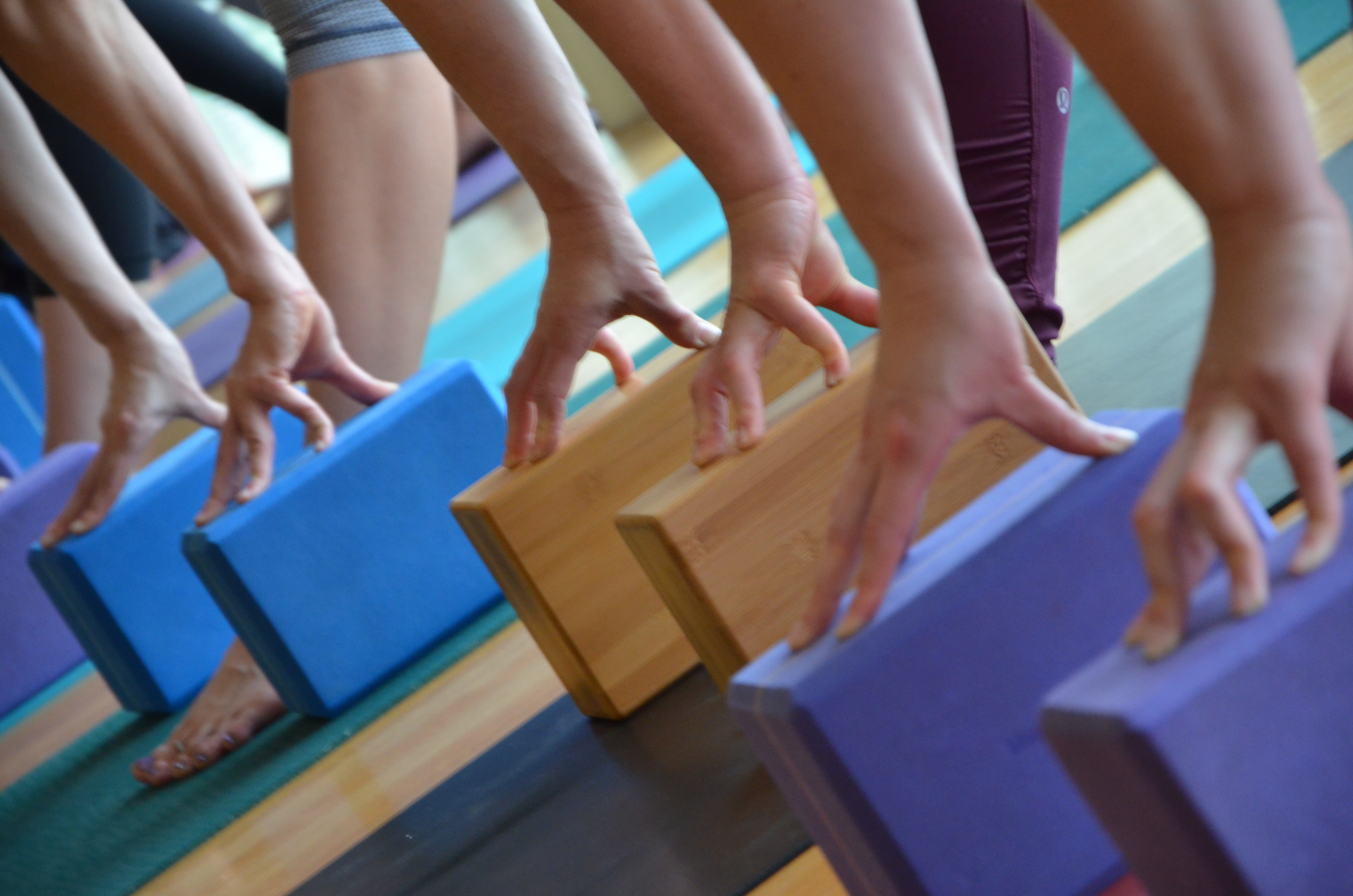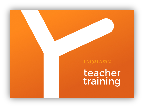 E-Learning
E-Learning  Anatomy for Asana
Anatomy for Asana 
We name yoga poses according to the shape that the body takes. That shape is determined entirely by the position of the skeleton’s many joints. Practicing and teaching asana works better with an understanding of the parts and forces that make then body’s shapes.
This series starts by developing a fluency in anatomical terms, followed by a guided tour of the musculoskeletal system, including information about special conditions like common anomalies, injury management and prevention; and modifying for pregnancy.
Module 1 : Introduction to the Course
Module 2 : Components of Joints
Module 3 : Introduction to Muscle Function
Module 4 : Muscle Roles and Types of Contraction
Module 5 : Transforming the Body with Asana
Module 6 : The Language of Anatomy
Module 7 : The Vertebral Column and Thorax
Module 8 : The Pelvis, Hips and Sacroiliac
Module 9 : Core Musculature and Function
Module 10 : The Hips / Spine Relationship in Asana
Module 11 : The Shoulders
Module 12 : The Arms and Hands
Module 13 : The Legs and Feet
Module 14 : Other Systems of the Body
Module 15 : Dealing with Injury and Special Conditions
More Popular Courses :

Mantra for Meditation: Theory and Practice
Chanting is a common way to connect with your inner self. In the yoga tradition…

Introduction to Pranayama
Learn about pranayama and begin a home practice with Yogayama's Director of Teacher Training, Sara…

Core Competencies for Asana Teachers
Yoga practice is to be tailored to the individual, yet it tends to be taught…



